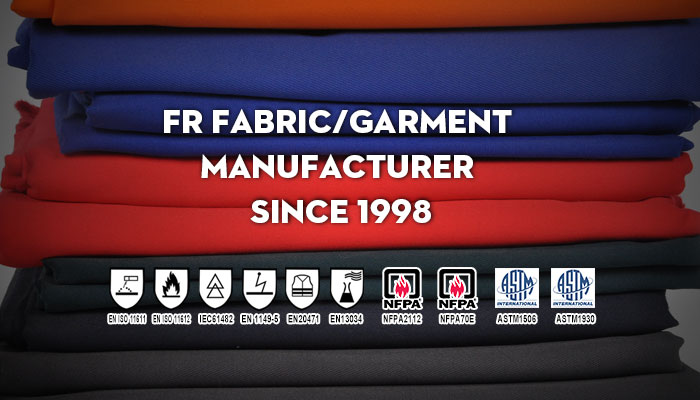Today is Saturday, and there is a little time for sneak-in, and we will share with you the details of the repair and repair of the PP strapping belt. Please be patient and take a good look at it. It is good for industry knowledge.
1. Causes and Countermeasures
(1) Creep of polymer materials is the main cause of deflection. There are many reasons for the deviation of the packing belt, but
In principle, it is a creep phenomenon of polymer materials. When the strap is wound, due to a lateral rewinding stress
With constant action, the polypropylene molecular chain gradually undergoes conformational displacement and rearrangement of the molecular chain orientation at a certain temperature, but due to the frictional resistance between the molecular chains, the deformation cannot be instantaneously completed. Therefore, the molecular or material deformation gradually changes over time. Increase until a stable and stable structure is formed, so that the strapping belt is deformed and deflected. In this regard, efforts should be made to change the structure of the polymer, increase the degree of orientation of the molecular chain and the creep resistance of the packing tape.
(2) Improper amount of filler. Adding a proper amount of filler will not only help reduce production costs, but also improve the packaging
Sex, improve creep resistance. Under normal circumstances, increase the amount of filler, the taper of the tape drop, but excessive addition of filler will affect the normal production, destruction of the physical properties and mechanical properties of the strapping. In actual production, 8% to 12% (mass percentage) of filler should be added according to the properties of the polypropylene material. If atactic polypropylene is used as the filler, the lower limit should be taken.
(3) Improper draw ratio control. Stretching ratio is the most critical process parameter in the production process of the strapping belt. Increasing the draw ratio can make
The degree of skewness is greatly reduced. This is because when the draw ratio is increased, the tensile force on the polymer chain is increased, and the molecular chains are arranged neatly and closely together, thereby improving the orientation of polymer chains and the polymer materials. Creep resistance, reduced high elastic deformation and plastic deformation variables. However, the drawing ratio cannot be increased indefinitely. Due to the influence of the raw material properties, an excessive drawing ratio would cause difficulty in molding. Under normal circumstances, draw ratio 1:9 is appropriate.
(4) Improper control of stretching temperature. Stretching of polypropylene strapping is carried out in a hot oven or hot water tank.
The stretching temperature should be controlled above the glass transition temperature and below the viscous or melting point temperature. When the stretching temperature increases, the skewness also increases, and vice versa, decreases. Therefore, when other process conditions are determined, the lower the stretching temperature, the greater the stretching orientation and the increase in the degree of orientation of the molecular chains, thereby improving the creep resistance of the packing tape and reducing the skewness. However, the stretching temperature in actual production should not be too low. Otherwise, it will make stretching difficult, affect the increase of drawing ratio and stretching speed, and make the degree of orientation of the molecular chain ght:150%\>Can't effectively reduce the skewness. Generally, the stretching temperature should be about 175°C. If the filler content in raw materials is high, the stretching temperature can be slightly increased.
(5) The post-processing (heat treatment) process is not properly controlled. Post-treatment process is an important means to reduce the deformation of polymer materials.
In order to maintain the dimensional stability of the strapping and straightness, reduce the skewness. Usually the post-treatment temperature is 120°C, and the post-treatment traction speed is 10% less than the tension speed.
(6) Other factors lead to skewed packing. Ensure that the die size and parison size are uniform and uneven thickness can be avoided. In pressure
In the flowering process, the embossing roller gap should be uniform. In the winding process, the tightness should be moderate. If the winding is too loose, the tape roll will be scattered; if the winding is too tight and the stress is too large, the tape will creep and increase the skewness.
More packing information is available in China to pack the transaction network.
Flame retardant fabric is a special functional fabric, generally used to customize flame retardant work clothes. According to the material, it can be divided into 5 kinds of fabrics such as Cotton Flame Resistant Fabric, cotton polyester fr fabric, cotton nylon fr fabric, arimid fabric, modacrylic fabric. Among them, aramid and modacrylic fabrics are made of natural flame retardant fiber and have permanent flame retardant properties.
Advantage of flame retardant fabric:
High quality cotton
Perfect protective characteristics
High tenacity, durable to use
High fastnesses, soft touch, comfortable
Proban, Pyrovatex and FrecotexTM treament are provided
Extreme low content of formaldehyde by FrecotexTM

Certification of flame retardant fabric:
Xinke Protective flame retardant fabric has inspection reports from various countries such as EN 11611, EN 11612, NFPA 2112 ext., which can meet the protection standards of various countries. In addition, we have our own testing center, all equipment is synchronized with Europe and the United States, ensuring the accuracy of test data and better serving customers.
Packing and shipping:
We use 5mm thickness, 5.5cm inner diameter for professional export of thick paper tubes and customized packaging bags for customers to ensure that customers receive intact finished fabrics.
Application:
Xinke Protective flame retardant fabric widely used in construction, shipyard, welding, oil, gas and offshore industries etc.
We trust we are your right choice supplier in China for flame retardant fabric business.
Flame Retardant Fabric,Fire Retardant Fabric,Fireproof Fabric,Fire Rated Fabric
Xinxiang Xinke Protective Technology Co, Ltd. , https://www.coverallsuits.com